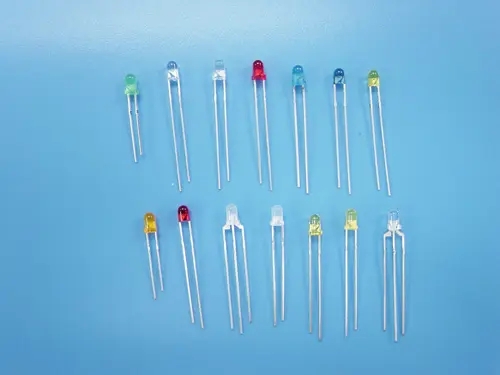

time:2021-10-11 Views:24
Photodiodes are semiconductor devices that convert electrical signals from light signals. The core part is a PN junction. Compared with ordinary diodes, the structure is different. The PN junction area is larger and the electrode area is smaller. The PN junction is generally very shallow, less than 1 micron.
The work of photodiodes is started under reverse voltage. When there is no light, the reverse current generally does not exceed 0.1 microampere. This situation is called dark current. When there is light, when the photon enters the PN junction, it is transferred to the bound electron in the covalent bond, allowing the electrons to escape from the covalent bond, and then generate photo-generated carriers.

They will start drifting motion under the action of reverse voltage, making the reverse current brighter, the greater the light intensity, the greater the reverse current. This characteristic is "photoconductivity." Under normal light intensity, the current generated by a photodiode is called photocurrent. If an external circuit is connected to a load, the load will get an electrical signal, and this electrical signal can change accordingly with the change of light.